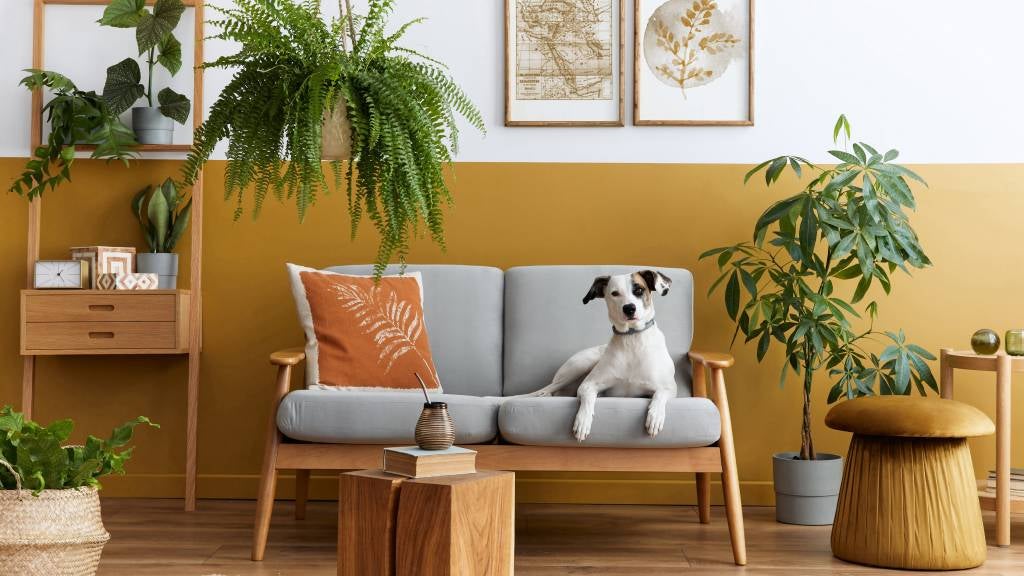Toxic and non-toxic plants: Keeping your pet safe at home

What do cats, dogs and house plants have in common?
They are all found in the average Kiwi home. Both offer some peace in our lives – the fluffy ones bring fun and love, while the greenery brings tranquility and a little extra oxygen into the room!
You may be surprised to find that some of the most popular houseplants are toxic for pets. But it doesn't mean you must keep your home barren from plants altogether. As pet owners, we should all know what's safe and what's not and how to keep our critters out of trouble.
Safe houseplants for pets
With so many beautiful plants around to decorate your house with, you might be considering adding one or two, or twenty to the mix. But before you sneak down the plant aisle once again, get acquainted with what's safe and what's not.
Fortunately, there are plenty of safe houseplants that fit the bill, such as:
- Rattlesnake plant (Calathea lancifolia)
- African violet
- Spider plant
- Haworthia
- Peperomia
- Parlour palm (Chamaedorea elegans)
- Moth orchid (Phalaenopsis)
- Birds nest fern (Asplenium nidus)
Toxic plants for pets
For every safe plant out there, several others have the potential to be toxic for your pet. These include the following:
- Black nightshade
- Deathcap mushroom
- New Zealand tree nettle (Onga Onga)
- Daffodils (especially the bulbs)
- Foxgloves
- Ivy (some species)
- Rhubarb
- Aloe Vera
- Onions and garlic
- Baby’s Breath (Gypsophila)
- Bird of Paradise
- Tomato Plant (green fruit, stems and leaves)
- Inch Plant
- Lilies
- Oleander
- Philodendrons
- Monstera deliciosa
- Snake plants
- Ficus
- Jade plants
- Madagascar dragon tree
It's important to keep in mind that not all houseplants are created equally, and some may be more toxic than others. To be on the safe side, do your research before buying any new plant to ensure it is pet friendly.
Keeping pets out of plants
A sure-fire way to keep your pet safe is to simply not have houseplants at all. But for those of us that are both plant and pet enthusiasts, it's possible to have both in the same household with a little extra planning.
If your pet is particularly curious, then it's a good idea to keep the plants completely out of their reach. Place them on higher shelves, hang them from the ceiling or keep them in a pet-free room of the house.
You can also deter pets from getting into the pots by covering the soil with an extra layer of protection, such as pebbles or gravel.
Exploration of plants is natural for animals, so to satiate this urge, offer your cat some cat grass or catnip to chew on and take your pooch on regular nature walks (just be cautious of toxic outdoor plants!)
Help! What can I do if my pet has eaten a toxic plant?
If you suspect your pet has ingested a toxic substance, contact your vet ASAP. You can also contact the Animal Poisons Centre for more advice.
Overall, the best way to keep your pet safe is to be informed about the plants you bring home and to take preventive measures. With a little bit of research and caution, you can have both beautiful houseplants and happy pets!
Plant the seed now
Help protect your pet with SPCA Pet Insurance and enjoy the peace of mind that comes with knowing your furriest family members are safe, and that eligible vet bills from accidental injuries and illnesses can be covered!
9 Mar 2023